Top 5 Family or Media Room A/V Mistakes

We’ve installed thousands of home theaters nationwide that vary in style, dimensions, and budget. Having a dedicated room to walk in, turn off all the lights, and enjoy a great film is a truly blissful experience. It not only allows you to step away from the outside world and completely focus on the film in front of you, but it also gives you the opportunity to design that room to be optimized for the best viewing and listening experience possible.
However, we know so many people either don’t have the extra space, would prefer a multipurpose space, or just want their family room to become their own home theater and entertainment center to enjoy with family and friends. Well, in this article, we’re going to go over the top 5 mistakes people make when designing the audio and video aspects of these rooms and how to fix them. So, whether you want an incredible movie-watching experience in a media room, family room, or just any multipurpose space in your home, you’ll want to stick around to make sure you don’t make any of these mistakes!
Mistake #1: Your TV is Too High
The first mistake we see so often is not placing your TV in a viewer-friendly location. We know it can be tempting to place your TV above your fireplace to match the aesthetic of your room and blend in seamlessly, but trust us, after watching one movie, your neck will be begging you to lower your TV to a proper viewing angle. For a home theater, there are guidelines to follow regarding how big you want your screen, how far away from your main seating position is, and how high it is mounted on the wall to have an optimal experience.
Generally, these guidelines are good starting points in a living room or media room, but since you may have viewers in all different locations and need to consider the interior design aspect, we understand that many people will have to bend the rules a bit to find a good happy medium when it comes to TV placement.
One of the best guidelines we can tell you is to consider mounting your TV so that when you are sitting on your couch, your sightline from your eyes to your TV is looking at the middle to lower third of your TV.

That will give you a comfortable location to see your screen without getting neck cramps and having to stare up to see your TV. If you know people may be watching from a bar location or the kitchen in an open-concept living space, moving the TV up a few inches would be a smart idea so it’s easier to see from more viewing angles.


If you absolutely want to mount the TV above your fireplace, installing a mount that lowers your TV down can be a great workaround to get your TV at a comfortable viewing angle while watching movies. In addition, if you have seats that can recline, you can get away with raising your TV a touch higher to accommodate a TV that is slightly higher than the guideline.
Following these rules will give you a much better viewing experience and save you from an achy neck. Of course, if you have a more complicated setup or room, our team of experts can help you figure out the best solution for your specific space. We know how important it is to have an aesthetically pleasing room that can also perform as an enjoyable place to enjoy content.
Mistake #2: Placing Your Couch Against a Back Wall
The next mistake that is often made is placing your couch or seat against a wall and using rear speakers behind it. There will be situations where you have no other choice but to place your couch against the back wall, and in that case, we would recommend using side surround speakers before attempting to put rear speakers on the wall. In fact, we almost always recommend using side surrounds instead of rear speakers if you have to choose one.
In this situation, we like to advocate for a “less is more” approach and aim for a max layout of 5.2.2. If you can get speakers to the left and right of your couch that are about ear height, these will provide a much cleaner surround sound experience, whereas rear speakers that are close to your couch won’t benefit you all that much and could even harm your experience due to them being too close to your ears.
As a general guideline, if you can pull the couch away from your wall by a foot or two or more, you’ll be rewarded with better acoustics as well. This is because bass frequencies can build up against walls, so it’s likely your bass will end up overpowering the dialogue and other sounds in the mix, which isn’t ideal. However, if you still need your couch against the wall, some good room calibration software can really help with this. To see where you should place your seats for an optimal audio experience, you can utilize our free home theater design tool that will show you the best locations. Plus, we recommend you watch our video on room acoustics and our video on room calibration software, which will greatly improve a room with this type of setup.
Mistake #3: No Blackout Shades and/or Wrong Type of TV
Today’s living rooms often have large windows and tons of natural light, which can make a room bright and inviting. However, when it comes to TVs and especially projectors, bright light can be your enemy. Luckily, there are some great ways to combat windows in your room without completely eliminating them. One of the most popular options would be to install complete blackout shades on each window. You can even have multiple different shades on each window that let in varying amounts of light.
One of the most popular options, especially in multipurpose or living room spaces, is to have a shade that darkens the room but still allows some light in and allows you to see outside. This is great for darkening the room a bit and blocking out just enough light so it doesn’t wash out the image on your screen. The next step would be to add another layer that comes down within a channel on the window that completely blacks out the room for the optimal viewing experience.
We’ve installed this exact setup in bedrooms, theaters, living rooms, offices, and more all across the country, and it is by far one of the best ways to marry aesthetics with function. One of the best things about a lot of these shades is that you can have them completely automated to do exactly what you want.
As we mentioned earlier, having a projector in a bright room can be a challenge if you’re unable to darken the room quite a bit or want to watch with no shades down. There are some options, such as using an expensive and large projector like a Sony GTZ380, which outputs 10,000 lumens to produce a bright picture. But at over $80,000, this isn’t a practical solution for most people. The next option would be to utilize a short throw projector such as the Epson LS800 paired with an ambient light-rejecting screen that actively blocks light coming in and makes your image brighter than a regular projector screen. However, the best option is to opt for a TV, preferably an LED or Mini LED option like the Sony Bravia 9, which has high nit output for a brighter image and technology that allows it to be easier to view from multiple angles. Some TVs will also have an anti-reflective coating on them to reduce reflections from lights, which would come in handy if light from your window tends to shine directly on your TV. In addition, if you can get your room fairly dark, a newer OLED model will work great. But if your room is bright and you plan on watching content in a bright environment, we’d recommend sticking to one of the new versions of LED.
Mistake #4: Using Your TV Speakers
Imagine this: you’ve just spent all this time designing a living room or media room that has great decor, a big, comfy couch, a perfectly placed large-screen TV, and blackout shades so you can entertain your friends and family during the big game or get deep into the latest movie release. Everyone gathers at your place to start watching, only to not be able to hear the characters' voices, big explosions sound lackluster and tinny, and no one can hear what the announcer is saying during the game over the light chatter in the adjacent room. This is because you’re utilizing the tiny speakers inside of your TV.
For the ultimate sound, you could design a Dolby Atmos setup with a bed layer of speakers and dedicated in-ceiling speakers to really wow your guests. But it doesn’t always need to be that complicated. Simply adding a high-quality soundbar or a pair of powered speakers will greatly improve your audio and sound so much better and clearer than the speakers that are built into your TV. Should you need more advice on what would work best for your situation, just call or chat with our experts at audioadvice.com, and we can help you find the best solution.
It’s also important to keep in mind that setting up your speakers in the correct location is just as important as upgrading your TV speakers. We have numerous guides that will help you place your speakers in the best position as well, and our free home theater design tool allows you to plug in the dimensions of your room and show you the best spot to place each speaker. Plus, if you end up purchasing an item from us, you’ll get lifetime expert support so we can make sure it is set up properly in your room and is optimized for your space.
Mistake #5: No Acoustic Treatments in Your Room
When some people think of acoustic treatments, they might think of huge panels with fabric on them that don’t usually match the aesthetic of a family living room. However, there are many ways to improve the acoustics of your room, such as adding a nice big rug or a large couch with many pillows. The general idea is to try to eliminate all the flat surfaces that will reflect sound all over your room. Having canvas paintings or other soft materials will help absorb the sound and keep it from bouncing all over. You can even purchase acoustic panels with canvas paintings on them so they look amazing on your walls and do the job of making the room sound better.
Plus, certain acoustic panels from companies like Vicoustic and Kinetics are very modern-looking and can blend into a room with modern decor. We find more and more people are able to discreetly integrate their solutions into a room without having them be the center of attention. If you want to learn more about the basics of room acoustics, click here. While this may seem like an afterthought for many people, it can truly bring your room to the next level and make all your great gear really shine.
Putting It All Together
We know that not everyone has a dedicated home theater room where they can follow every rule there is to make the room sound incredible. But we believe that if you have a living room or media room, you can still create an immersive experience that will impress your family and friends without completely compromising the interior design. These mistakes are just a few that we often see when working with customers to update their current setups. Luckily, most of them can be fixed very easily and sometimes without even spending any extra money!
We’re here to help!
If you have further questions, contact our experts via chat, phone, or email. Or simply visit one of our world-class showrooms to experience speakers, projectors, TVs, and everything in between for yourself before you make a purchase!
If you’re planning your home theater or media room, check out our Home Theater Design page, where we have everything Home Theater related, including our FREE Home Theater Design Tool.
When you buy from Audio Advice, you’re buying from a trusted seller since 1978. We offer Free Shipping, Lifetime Expert Support, and our Price Guarantee. We look forward to serving you!


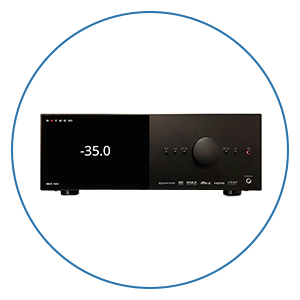



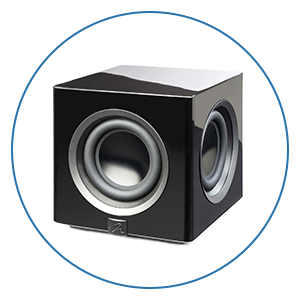

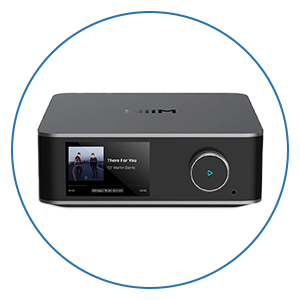
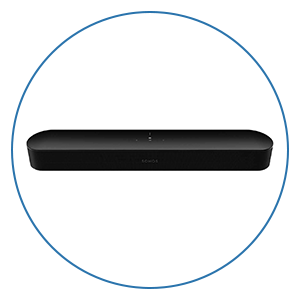








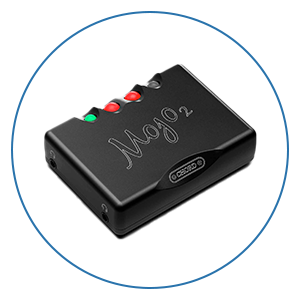


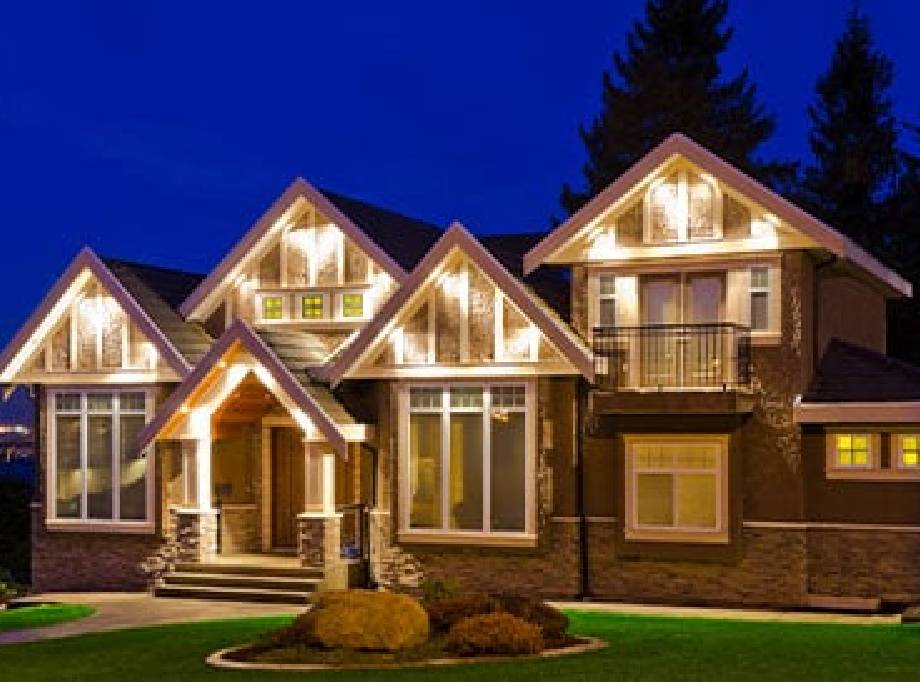
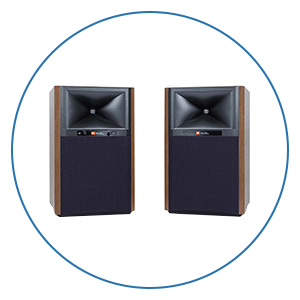
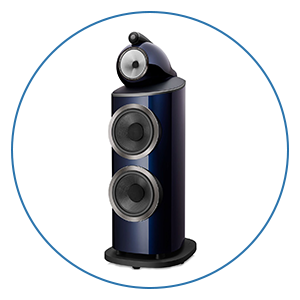
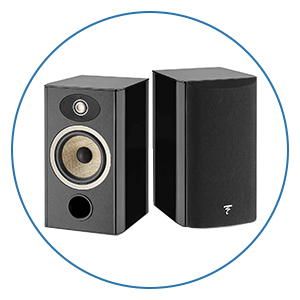





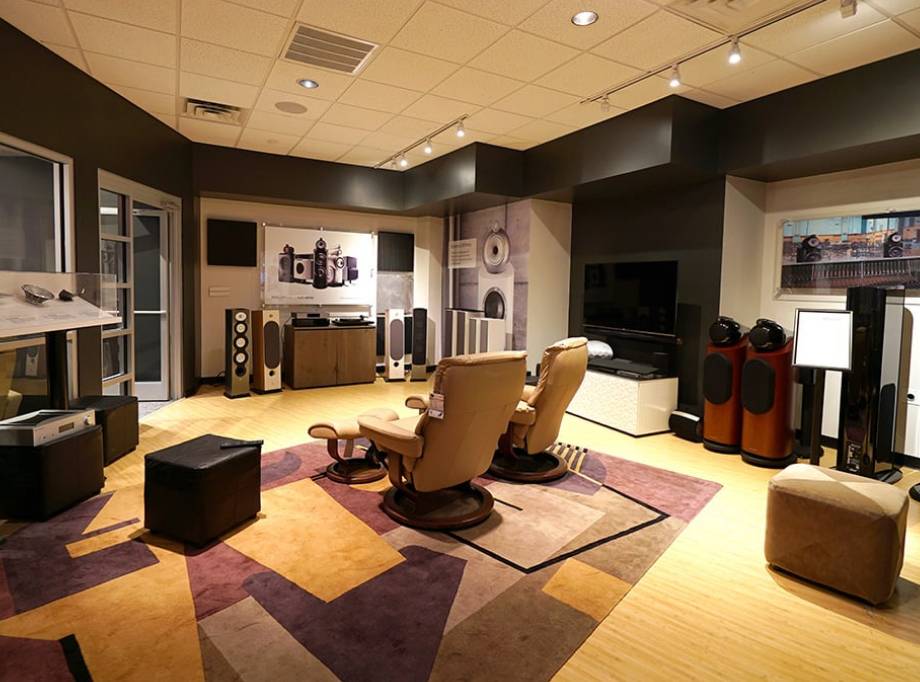
 Home Theater
Home Theater Speakers
Speakers Tower Speakers
Tower Speakers
 Bookshelf Speakers
Bookshelf Speakers
 Center Channel Speakers
Center Channel Speakers
 Wall & Ceiling Speakers
Wall & Ceiling Speakers
 Surround Speakers
Surround Speakers
 Dolby Atmos Speakers
Dolby Atmos Speakers
 Subwoofers
Subwoofers
 Soundbars
Soundbars
 Speaker Stands & Mounts
Speaker Stands & Mounts
 Components
Components Home Theater Receivers
Home Theater Receivers
 Surround Sound Processors
Surround Sound Processors
 Power Amps
Power Amps
 Movie Sources
Movie Sources
 TVs & Projectors
TVs & Projectors Televisions
Televisions
 Projectors
Projectors
 Projector Screens
Projector Screens
 TV & Projector Mounts
TV & Projector Mounts
 Seating & Furniture
Seating & Furniture Home Theater Seating
Home Theater Seating
 Media Cabinets
Media Cabinets
 A/V Racks & Shelves
A/V Racks & Shelves
 Accessories
Accessories
 Acoustic Treatments
Acoustic Treatments Absorption Panels
Absorption Panels
 Bass Trap Panels
Bass Trap Panels
 Diffusion Panels
Diffusion Panels
 Acoustic Treatment Packages
Acoustic Treatment Packages
 Cables & Accessories
Cables & Accessories HDMI Cables
HDMI Cables
 Analog Cables
Analog Cables
 Digital Cables
Digital Cables
 USB Cables
USB Cables
 Speaker Cables
Speaker Cables
 Subwoofer Cables
Subwoofer Cables
 Power Management
Power Management
 Featured & Deals
Featured & Deals Best Sellers
Best Sellers
 Sale
Sale
 Home Audio
Home Audio Outdoor Speakers
Outdoor Speakers
 Portable & Bluetooth
Portable & Bluetooth
 Wireless Speaker Systems
Wireless Speaker Systems
 Computer Speakers
Computer Speakers
 Powered Speakers
Powered Speakers
 Integrated Amplifiers
Integrated Amplifiers
 Power Amplifiers
Power Amplifiers
 Stereo Preamplifiers
Stereo Preamplifiers
 Stereo Receivers
Stereo Receivers
 Streaming Media Players
Streaming Media Players
 Digital-to-Analog Converters
Digital-to-Analog Converters
 CD Players
CD Players
 Outdoor Entertainment
Outdoor Entertainment Outdoor Subwoofers
Outdoor Subwoofers
 Turntables
Turntables Manual
Manual
 Automatic
Automatic
 Phono Cartridges
Phono Cartridges Moving Coil
Moving Coil
 Moving Magnet
Moving Magnet
 Moving Iron
Moving Iron
 Mono
Mono
 Phono Preamps
Phono Preamps MC Compatible
MC Compatible
 MM Compatible
MM Compatible
 Record Cleaning & Care
Record Cleaning & Care Stylus Care
Stylus Care
 Cleaning Machines
Cleaning Machines
 Record Cleaning Fluid
Record Cleaning Fluid
 Record Sleeves
Record Sleeves
 Isolation Systems
Isolation Systems Turntable Setup Tools
Turntable Setup Tools
 Turntable Cables
Turntable Cables
 Record Weights
Record Weights
 Turntable Mats
Turntable Mats
 Headphones
Headphones In-Ear Headphones
In-Ear Headphones
 On-Ear Headphones
On-Ear Headphones
 Over-Ear Headphones
Over-Ear Headphones
 Wireless Headphones
Wireless Headphones
 Gaming Headsets
Gaming Headsets
 Headphone Amps & DACs
Headphone Amps & DACs Digital Audio Players
Digital Audio Players
 Smart Home
Smart Home Deals
Deals Limited Time Deals
Limited Time Deals Deals by Category
Deals by Category